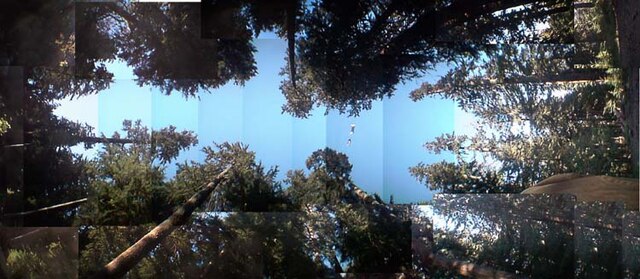Pureora Forest Park is a 760-square-kilometre (290 sq mi) protected area in the North Island of New Zealand. Within its rich rainforest are an abundance of 1,000-year-old podocarp trees. It is "recognised as one of the finest rain forests in the world". Established in 1978, after a series of protests and tree sittings, the park is one of the largest intact tracts of native forest in the North Island and has high conservation value due to the variety of plant life and animal habitats. New Zealand's largest totara tree is located nearby on private land.
Pureora Forest Park
Remains of tanekaha (Phyllocladus trichomanoides) were found at the subfossil forest discovered within the park in 1983.
Allocinopus sculpticollis, from Mount Pureora.
The Pureora forest
Tree sitting is a form of environmentalist civil disobedience in which a protester sits in a tree, usually on a small platform built for the purpose, to protect it from being cut down. Supporters usually provide the tree sitters with food and other supplies.
Demonstrators in a tree at the Berkeley oak grove protest in 2008
The tree-sitters' camp in Berkeley, California, protesting the planned removal of coastal live oaks. The protesters were in the trees from December 2, 2006, to September 9, 2008, making it the longest-running urban tree-sit in history.
A view of the Fall Creek village showing aerial walkway







